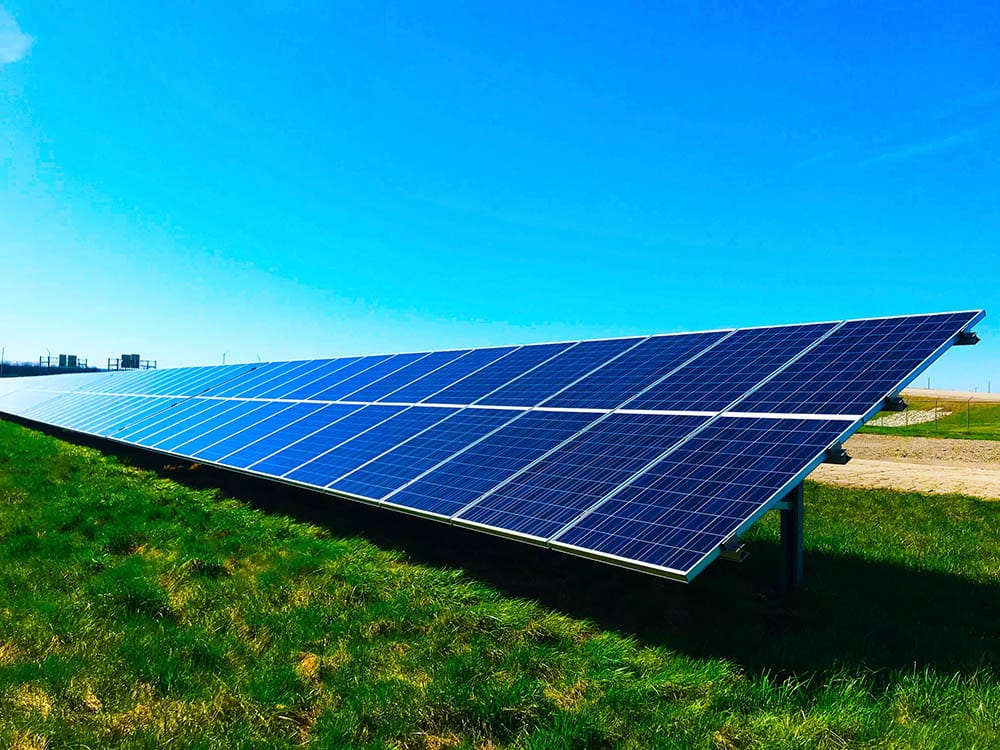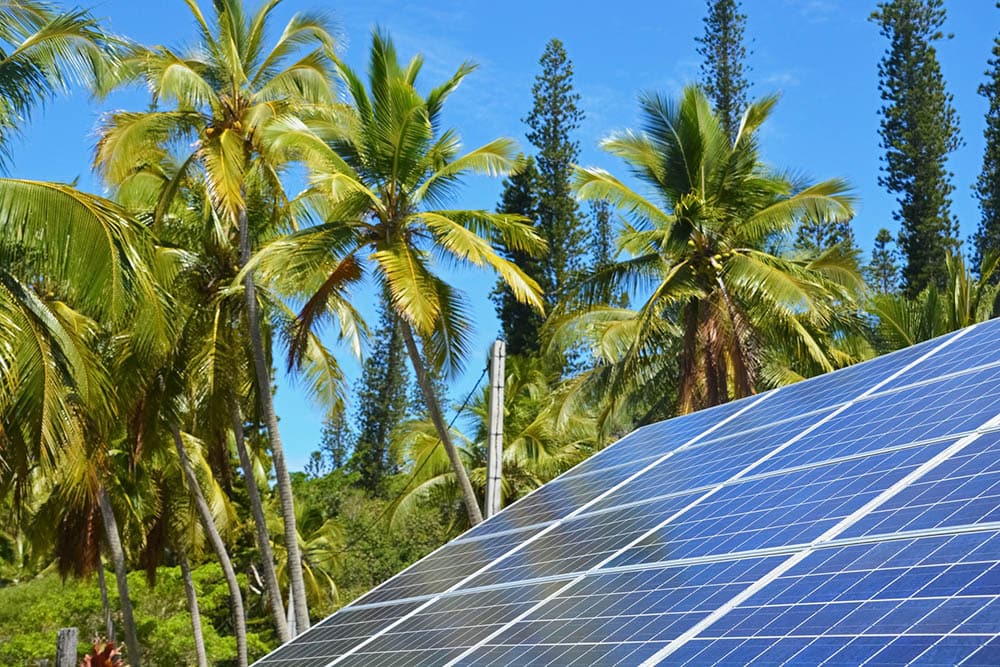Is Solar Energy Renewable? Solar Energy Explained
-
Codee Chessher
- Last updated:

Solar energy is quickly becoming a hot topic of conversation as we look for alternatives to wasteful and environmentally damaging energy sources like fossil fuels. The unfortunate news is that the average person doesn’t really know much about how solar energy works or how it differs from other energy sources.
When people throw around words like renewable, nonrenewable, inexhaustible, and so on, it can be hard to keep up. Is solar energy renewable, and how exactly does that work in practice?
We’re here to clarify some of the science so that you can understand exactly how solar energy works. if it’s renewable, and how it’s slated to change the world.
How Does Solar Energy Work?
Solar energy is electromagnetic radiation from the sun that we convert into electrical energy. The resulting electricity is used in the same ways as any other electricity: it powers homes and businesses, lighting and heating, and keeps factories running.
There are a few ways to capture and harness solar energy, but photovoltaic cells, or PV cells, are the most common and well-known. The vast majority of solar panels available to be integrated on your roof, for example, are PV cell panels.
When sunlight hits PV cells, they capture the solar energy and generate an electrical field. This electricity is drawn through conducive wires to power inverters that convert them from raw DC electricity to more useful AC electricity.
After that, the power typically moves to an electrical panel nearby, which directs where it goes. For instance, to your appliances, if you have panels installed to help offset their electrical costs. This part can range from small-scale to industrial, depending on where the panels are installed.
When installed on a home, any excess energy you don’t use is directed toward your electrical meter and you’re typically credited for this on your monthly electric bill. In some very rare circumstances, you may receive money for this extra power.

Is Solar Energy Renewable?
Yes, solar energy is renewable, and perhaps the best example of renewable energy as we move forward as a civilization. Other renewable energy sources include hydroelectric power, which captures the kinetic energy of water and geothermal energy, which harnesses the earth’s natural heat supply.
When we say renewable, it doesn’t literally mean that the source is infinite — eventually, the sun will burn out, but not for another 5 billion years. Renewable just means that we can’t exhaust the supply. Sunlight is so plentiful in energy that if we could harness all the electricity from just an hour and a half of sunlight, we could power the planet for a year.
An example of the opposite, a nonrenewable resource, would be fossil fuels like oil, coal, and other petroleum-based products. These are made from dead plants and animals that were compressed with heat and time into combustible energy sources, and we can’t make more by any man-made methods.
The other problem with fossil fuels is that they’re more efficient than solar energy, making them better for large-scale industrial applications. Add into this costly infrastructure and a very lucrative worldwide market for fossil fuels, and you can clearly see the solar industry’s main obstacles.
How Is Solar Energy Changing The World?
The main benefit of solar energy is that sunlight is, with some rare exceptions, available everywhere. No matter where you are in the world, you can have a clean source of electricity if you have solar panels. Unlike geothermal, hydroelectric, and fossil fuel power sources, solar is extremely versatile.
The second biggest benefit of solar energy is that it reduces our dependence on fossil fuels, which are the biggest contributor to airborne pollution. Of course, we can’t forget the main impact fossil fuels have on our planet: man-made climate change, also called global warming.
When fossil fuels are burned to produce electricity, they release greenhouse gases, which trap heat in the Earth’s atmosphere via the greenhouse effect. Over time, this causes the Earth’s temperature to rise. Polar ice caps melt, sea levels rise, and we see sudden cataclysmic shifts in climates around the world.
Across several continents, global warming has reduced rainfall for vital agricultural regions, which causes food scarcity. Also of note is that lakes’ water levels drop and see a corresponding drop in fish. Another example includes inexplicably strong hurricanes and typhoons as a direct result of altering weather patterns in the oceans.
Adopting solar energy en masse could help curb climate change and produce a limitless stream of clean energy to power our world indefinitely. The more people and businesses that make the switch to solar energy, the less carbon dioxide is trapped in the atmosphere.
One big trend we’re already seeing is people adorning their homes with solar panels, which helps cut power bills as well as reduce dependence on fossil fuels.
Another more fledgling industry is solar cars. Although electric cars themselves are in their relative infancy, solar cars are even newer. The most prominent example of solar cars is Aptera, a California-based company that rolled out its flagship solar-powered car in 2021. How these solar-powered cars fare versus traditional cars and electric cars remains to be seen, but it’s certainly a step in the right direction.
Featured Image Credit: Chelsea, Unsplash
